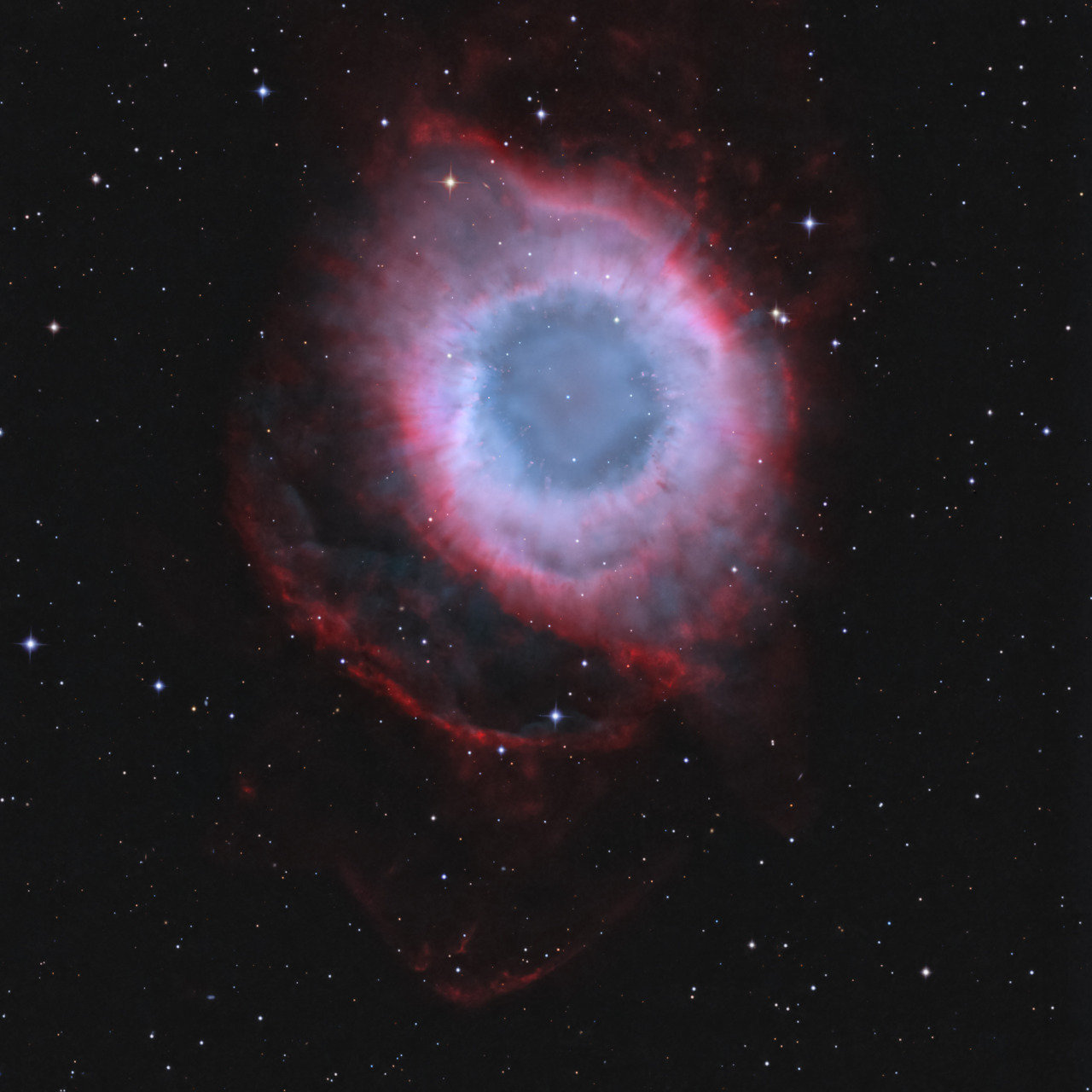
The program started off with a bang — a Big Bang — and continued as the universe cooled and elementary particles coalesced, stars formed and exploded, which generated new and heavier particles that formed into planets and their satellites, on the wetter ones of which organic compounds emerged, from which recognizable life developed and evolved into species that appeared and disappeared, and finally on one planet an intelligent species of bipedal carnivorous plains ape climbed the entropic ladder until its members had mastered Information Theory and Quantum Computation, at which point they built a massive liquid nitrogen cooled compute cluster in which to run a simulation of the History of the Universe. The program started off with a bang — a Big Bang — and continued as the universe cooled and elementary particles coalesced, stars formed and exploded, which generated new and heavier particles that formed into planets and their satellites, on the wetter ones of which organic compounds emerged, from which recognizable life developed and evolved into species that appeared and disappeared, and finally on one planet an intelligent species of bipedal carnivorous plains ape climbed the entropic ladder until its members had mastered Information Theory and Quantum Computation, at which point they built a massive liquid nitrogen cooled compute cluster in which to run a simulation of the History of the Universe. The program started off with a bang — a Big Bang — and continued as the universe cooled and elementary particles coalesced, stars formed and exploded, which generated new and heavier particles that formed into planets and their satellites, on the wetter ones of which organic compounds emerged, from which recognizable life developed and evolved into species that appeared and disappeared, and finally on one planet an intelligent species of bipedal carnivorous plains ape climbed the entropic ladder until its members had mastered Information Theory and Quantum Computation, at which point they built a massive liquid nitrogen cooled compute cluster in which to run a simulation of the History of the Universe. […]
⁂
This entry is part of my journal, published January 10, 2014, in New York.